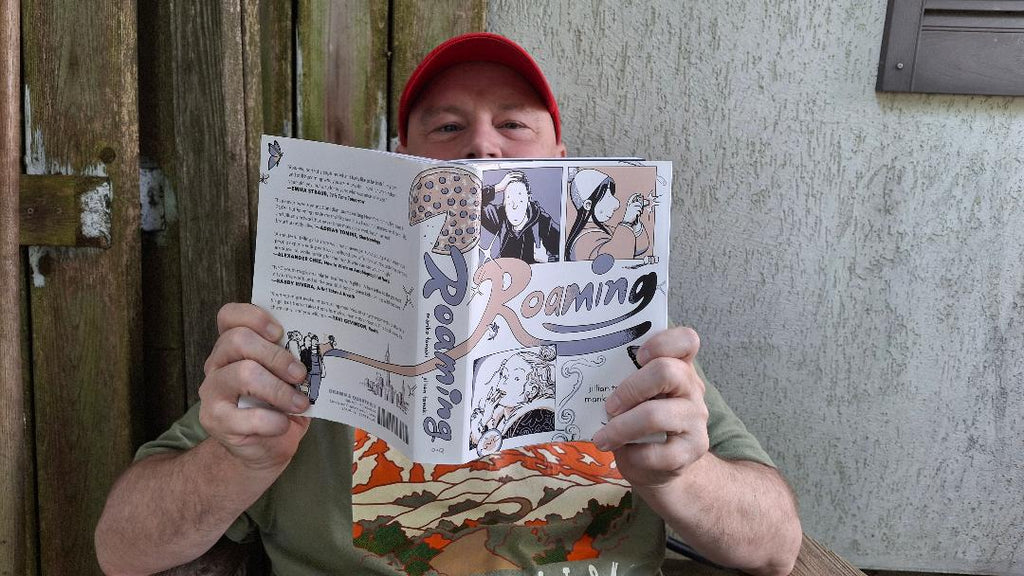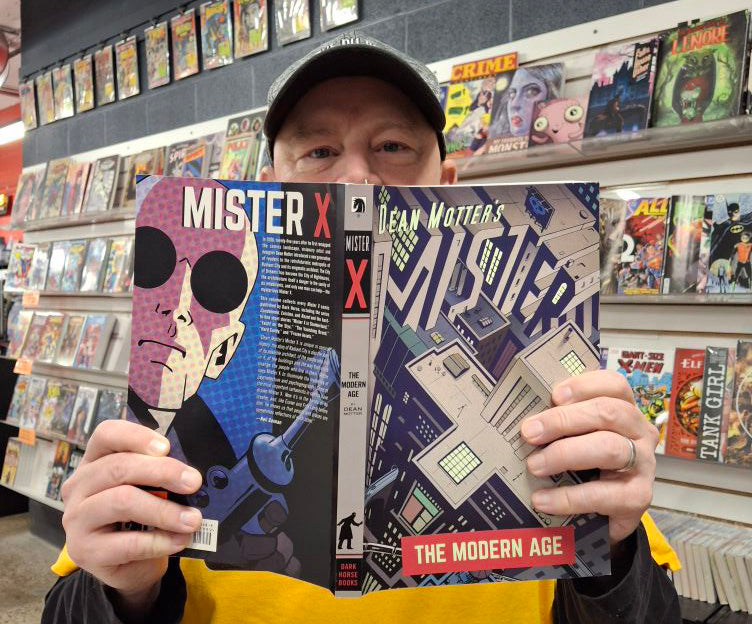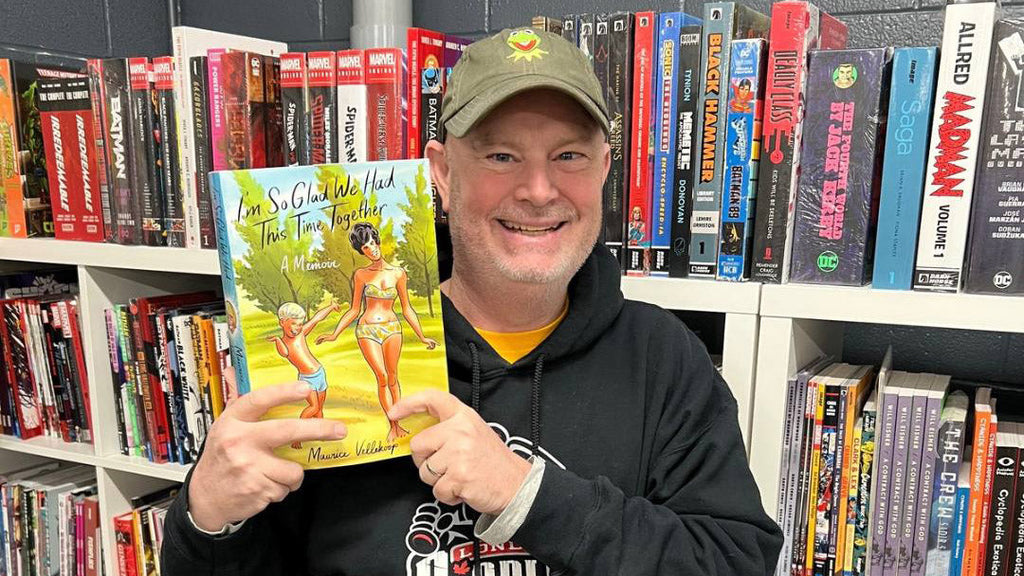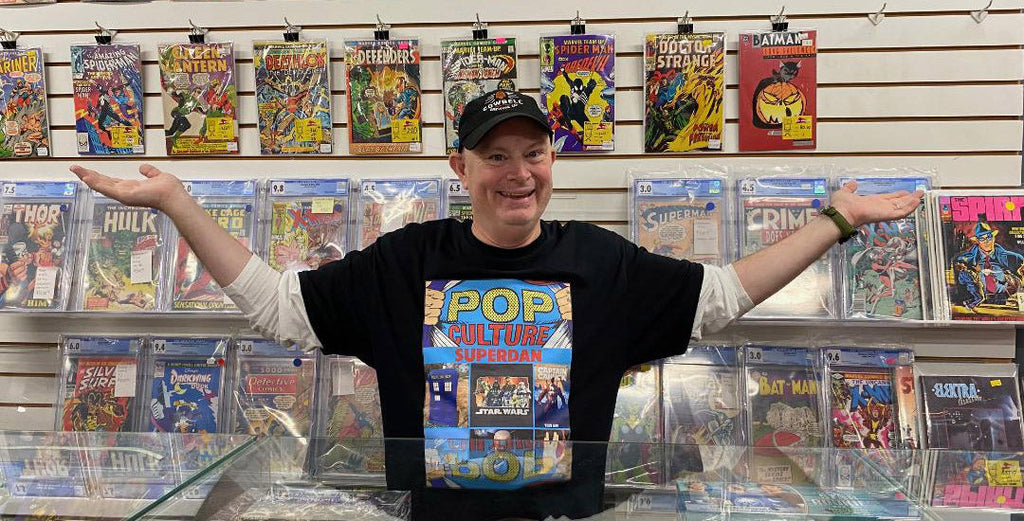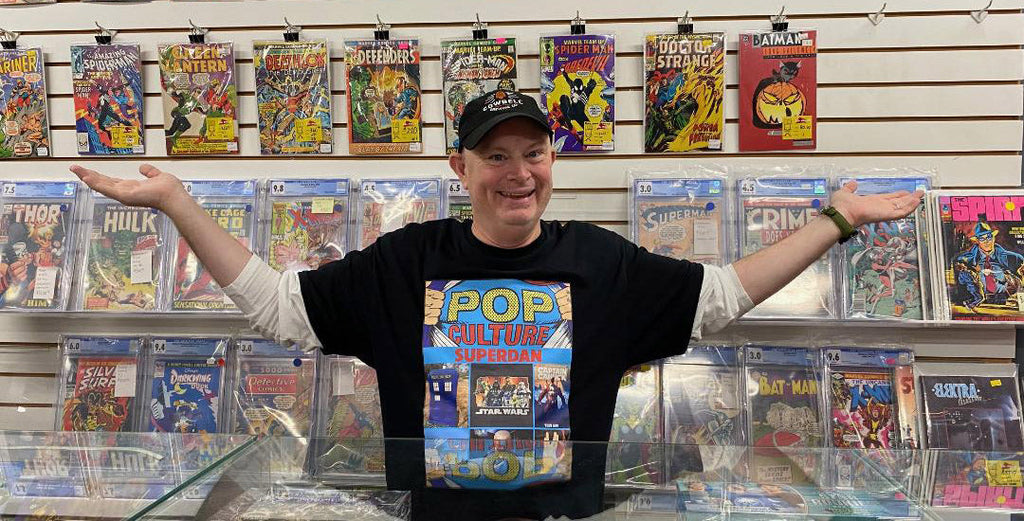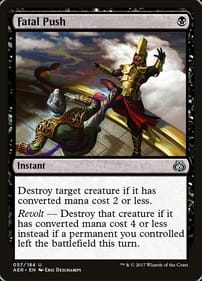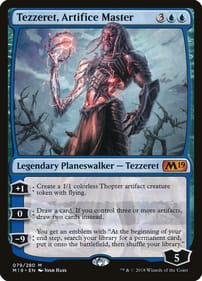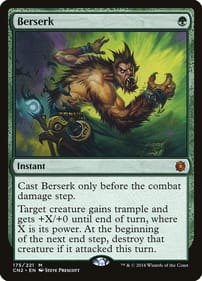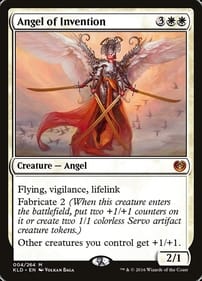I’m the Odd Man Out as GNG Takes on Roaming
By Dan Brown SPOILER WARNING: This column contains details from the graphic novel Roaming, so if you value surprise stop reading right now! Here’s the rundown on the most recent meeting of the L.A. Mood Graphic-Novel Group, which was held Saturday, July 12. The book: Jillian and Mariko Tamaki’s Roaming, which follows three Canadian first-year university students on a five-day trip to New York City. The discussion: In short, I was in the minority as the only GNG member who really enjoyed the book. Odd man out, as usual! GNG has a custom of choosing a Canadian comic for our July meeting, so we honoured that tradition with this selection. (By sheer coincidence, it comes on the heels of two other books by Canadian creators in May and June.) I, along with one other member of the group, pitched Roaming back in January. While I love everything by the Tamakis, other members of the group strongly disliked Roaming, including someone who couldn’t even finish the thing. The thick volume centres on Dani, Fiona, and Zoe, three university students who take a trip to New York for a brief holiday from their studies. It’s very much a story about the problems of young people, which I think is where most of the antipathy comes from. No one at the table said it wasn’t a realistic portrayal of characters in their late teens/early twenties – in fact, the problem seemed to be it was too accurate. Carol Vandenberg, co-owner of L.A. Mood, said Roaming didn’t work for her because it isn’t leavened with humour. The trio of characters see Big Apple sights, go to bars, get coffee, eat pizza, and of course there’s a drama because Fiona is an interloper who threatens Dani and Zoe’s friendship. Spats ensue. Carol made the point that if you’re going to tell a story about young people, a better approach would have been the one John Hughes adopted with the movie Ferris Bueller’s Day Off: Play the foibles of youth for laughs. Gord Mood, L.A. Mood’s other owner, echoed that sentiment, adding the example of another funny coming-of-age comedy, Dazed and Confused. Several elements prevented GNG members from enjoying the travel tale including the ending, which doesn’t wrap anything up. Other members said the art was prosaic, and that a flashback scene – in which we observe Dani and Zoe at a high-school party – wasn’t introduced in a way the reader could understand. Why do I feel differently? Part of my reason for pitching the book was how the character of Fiona is a huge drama queen. Very early in the book, there are signals to readers to treat anything she says with skepticism. The question in my own mind was, “Can we appreciate this book even if one of the leads is an awful person?” After all, if an artist and writer can create a comic with a character who turns you off, isn’t the fact you reacted to a fictional character like you would to a real person a sign the creative team has done a good job? (Would be interested in any opinions on this question in the comment box below.) I also believe there’s something darkly funny about a group of friends whose relationship revolves around avoiding roaming charges on their cellphones. As it turned out, Fiona was just one of the reasons GNG members didn’t enjoy the book, although someone suggested a comic depicting the same characters once they are out of school and taking on careers might make for a better read. Further reading: If you aren’t daunted by now, two other graphic novels by the Tamakis come to mind – Skim (it follows high-school friends) and This One Summer (which features a tween lead). L.A. Mood’s Graphic-Novel Group meets the second Saturday of each month. Next month’s selection is I Am Stan, Tom Scioli’s graphic biography of the one-time Marvel Comics editor-in-chief. You might have heard of Lee before! We will reconvene August 9 at the gaming tables in the store at 11 a.m. You are invited to come join the discussion! Dan Brown has covered pop culture for more than 32 years as a journalist and also moderates L.A. Mood’s monthly graphic-novel group.
GNG Assembles to Talk Mister X
By Dan Brown SPOILER WARNING: This column contains plot details from Dean Motter’s Mister X: The Modern Age, so stop reading right now if you value surprise! Here’s the lowdown on the most recent meeting of the L.A. Mood Graphic-Novel Group, which was held Saturday, June 14. The book: Dean Motter’s Mister X: The Modern Age, which collects all of the Mister X stories published by Dark Horse Comics. The discussion: The full range of opinions was represented around the table. There were people, like me, who love the book. There were others who felt meh – who didn’t give the book a thumb up or down, but a sideways thumb. And there were some who didn’t even feel motivated enough to finish reading the 360-page tome. Gord Mood, L.A. Mood’s co-owner, argued for including Mister X on the 2025 reading list at our January pitch meeting. He is among those who love it. Gord also brought some examples of Motter’s early work from Media 5 when he was a student at Fanshawe College. (Late Town Crier Bill Paul published that sci-fi fan publication.) I knew very little about the character beforehand. Knowing it had been praised for blending film noir, Art Deco and German Expressionism, I was expecting something ponderous and pretentious. Wrong! In my view, it’s an amazing graphic novel. DC can only wish that Batman were as cool as Mister X! It takes place in Radiant City, where it always seems to be 4 a.m. Its nickname is Somnopolis, because of the large number of residents who can’t sleep. The title character is possibly one of the original architects who founded Radiant City, it’s never made clear. The closest he gets to revealing his identity is when he states, “I want to fix my city. I want it to run as designed.” The problem? The city’s architecture is driving its residents insane. None of this, of course, is meant to be taken literally – which Gord’s business partner Carol Vandenberg touched on when she mentioned the humour of the book. The key, for me, was to not take anything in the book at face value. I appreciated how Mister X is a riot of invention. Some members of the group pointed out the many references in the story. For example, one robot who shows up is an homage to Gort from The Day The Earth Stood Still. 1984 is referenced, as well as CanCon icon Nash the Slash. The characters have the clipped speech of detectives in films from the 1940s: “You’re the man without a name,” an interrogator tells Mister X. “That’s what I’m called,” the mystery man replies. Even better, Motter adds his own creative touches, elevating The Modern Age to a level above a mashup. Mister X is an insomnalin addict, meaning if he doesn’t feed his habit, and falls asleep, he will automatically die. There are insomnatoriums on each block. Zombycillin is a drug that can bring the dead to life. Pscychetecture describes the style of buildings in Radiant City and how they torture the human mind. Further reading: Instead of reading, I would say watch Blade Runner or episodes from Batman: The Animated Series, as well as Tim Burton’s 1989 Batman movie. L.A. Mood’s Graphic-Novel Group meets the second Saturday of each month. Next month’s selection is Roaming, by cousin creators Jilliam and Mariko Tamaki. We continue our streak of Canadian books established in recent months! We’ll reconvene July 12 at the gaming tables in the store at 11 a.m. All are invited to come join the discussion! Dan Brown has covered pop culture for more than 32 years as a journalist and also moderates L.A. Mood’s monthly graphic-novel group.
GNG Meets to Talk About Toronto Coming-of-age Memoir
By Dan Brown SPOILER WARNING: This column contains plot details from Maurice Vellekoop’s I’m So Glad We Had This Time Together, so if you value surprise, stop reading now! Here’s the rundown on the most recent meeting of the L.A. Mood Graphic-Novel Group, which took place Saturday, May 10. The book: I’m So Glad We Had This Time Together by Toronto graphic artist Maurice Vellekoop. The discussion: The book we all read falls squarely into the Canadian school of graphic memoirs – for some reason, homegrown creators are really good at telling their own origin stories. In fact, they are the best in the world. In this particular case, Vellekoop puts the focus on his own upbringing as the son of religious Dutch immigrants who settled in Toronto. L.A. Mood Comics & Games co-owner Carol Vandenberg pitched the book in January for our 2025 reading list as she, too, is the child of a Dutch immigrant family. Carol said she recognized a bit of her experience in the book’s details, like Vellekoop’s mother making clothes for her children and his childhood home being decorated with Rembrandt and Vermeer paintings. It was the Walt Disney movie Fantasia that sparked Vellekoop’s imagination as a child. He attended a screening with his father, who is a central figure in the artist’s story. One moment his dad is spanking him, the next spoiling him. Talk about mixed messages! During our opening lightning round – everyone around the table gets two minutes to share their initial thoughts – almost every group member said they enjoyed or appreciated the book. We did talk about the graphic nature of the story – there are a number of sex scenes as Vellekoop embarks on his voyage of self-discovery. We briefly discussed how much of a creator’s personal life the reader ought to see, with some members noting how Vellekoop wanted to be transparent about his identity. One central paradox runs through the whole story: According to their religious beliefs, his parents indicate it’s fine for Vellekoop to be gay, but he can’t get into heaven if he ever acts on his sexuality. Naturally, this contradiction messes him up. Later in life, Vellekoop goes into therapy. After a number of tries, he finds a therapist who helps him make sense of his feelings about his mother and father. Vellekoop is more than up to the challenge of making the process of therapy – therapist and client sitting and talking – visually interesting for the reader. In the hands of a lesser artist, those sections of the book might not have been as compelling. One of the devices he uses is what I would call “the devil and angel on his shoulders.” Vellekoop gives the two conflicting voices in his head a physical form as clouds of emotion, and finally – at the moment of his biggest breakthrough in therapy – they dive back into his head. Another element group members mentioned liking is the memoir’s depiction of Toronto over the years. In one party scene in the 1980s, for instance, I spotted one of my former Ryerson journalism profs – Vellekoop did not skimp on any details. He got the look and feel of different eras in Toronto history right. Further reading: Check out Seth’s It’s A Good Life If You Don’t Weaken, Michel Rabagliati’s Paul Moves Out, and Jeff Lemire’s next book, which will be released on July 15, is called 10,000 Ink Stains: A Memoir. L.A. Mood’s Graphic-Novel Group meets the second Saturday of every month. Next month’s selection is Dean Motter’s Mister X: The Modern Age. We are on a roll with Canadian books in recent months! We’ll reconvene June 14 at the gaming tables in the store at 11 a.m. All are welcome to join the discussion! Dan Brown has covered pop culture for more than 32 years as a journalist and also moderates L.A. Mood’s monthly graphic-novel group.
GNG Discusses The Road, as Well as New Instalment of Crimson Fall
By Dan Brown SPOILER WARNING: This column contains plot details about the graphic-novel adaptation of The Road, so if you value surprise, stop reading now. It also contains information about Derek Laufman’s The Shore Tower, so the same warning applies. Here’s the rundown on the latest meeting of the L.A. Mood Graphic-Novel Group, which took place Saturday, April 12. The books: Manu Larcenet’s adaptation of the Cormac McCarthy’s novel The Road. Later, Byron graphic novelist Derek Laufman joined us to discuss his latest book, Crimson Fall: The Shore Tower. The Road is a post-apocalyptic tale of a father and son eking out a bleak existence in a shattered American landscape choked with clouds of ash. The Shore Tower continues the monster-hunter adventures of an unlikely duo in a medieval world. The discussion: We begin our meetings with a lighting round. Each person around the table has two minutes to outline their initial thoughts. Then we follow up with a deeper discussion of the ideas raised at the outset. I kicked off the meeting by saying if the point of The Road was to depress the reader, then it worked on me. I appreciate the detailed art by French cartoonist Larcenet, however I could not get past such a dark depiction of human nature. The story takes place after some kind of apocalypse. The survivors must scrounge to live, so this is a society devouring itself. Literally. The bad guys become cannibals to survive. At one point in their journey, the father and son discover a kind of storehouse full of living humans with parts missing – they are being kept as a source of food. So if you’re looking for an uplifting story, a fable about the human spirit overcoming adversity, this isn’t it. There is a slight note of hopefulness at the end of the book, but not every member of the group read the conclusion the way I did. We also discussed the symbolism of the road itself, which is a relic from the previous civilization that looms large in the story. The father character is compelled to keep himself and his son walking, never settling in any safe haven for long. Even though Larcenet’s illustrations are amazingly detailed, the art couldn’t save the book for me. It’s too far from my own view of human nature. Halfway through our hour-long meeting, Byron comic creator Derek Laufman, who has worked with such companies as Marvel and Hasbro, sat down with us to talk about his latest project, Crimson Fall: The Shore Tower. It shows what happens when a knight and priest, at the behest of a local ruler, head to an island cloaked in mystery to find out why the lighthouse isn’t working. The book is pretty straightforward, although there is at least one big twist. Laufman described how, even though the finished product follows a straight line, he spent months trying to make a more complicated version of the story work in his imagination. After months of thinking, he couldn’t pull it off, so he went with a streamlined premise – although some of the elements from that earlier version are still present. Laufman talked about the joys of working on his own intellectual property, as opposed to illustrating characters like Spider-Man (one time, Laufman even designed the Marvel Christmas card!). He also explained how the leads in Crimson Fall are really the two halves of one persona – half is wise and thoughtful, the other impatient and action-driven. Further reading; I don’t think I’ll be picking up the original novel version of The Road, or checking out the motion picture starring Viggo Mortensen. But I do recommend the prose novel Lucifer’s Hammer by Larry Niven and Jerry Pournelle – like The Road, it takes place in a crumbling post-apocalyptic society in which some people have reverted to cannibalism, but there’s an equally powerful group of survivors fighting to restore order and technology. That’s more like it. As far as Laufman’s work goes, he has several other titles worth ordering: RuinWorld, the Witch of Wickerson, Bot 9. I would recommend any of these if you are a parent whose child is interested in fun adventure stories. The language used in his Crimson Fall books, on the other hand, is decidedly adult. L.A. Mood’s Graphic-Novel Group meets the second Saturday of each month. Next month’s selection is Maurice Vellekoop’s memoir of growing up gay in Toronto as part of a strict Dutch family, I’m So Glad We Had This Time Together. We’ll be meeting May 10 at the gaming tables in the store at 11 a.m. All are welcome to join the discussion! Dan Brown has covered pop culture for more than 32 years as a journalist and also moderates L.A. Mood’s monthly graphic-novel group.
GNG Discusses the Morality of Beneath the Trees Where Nobody Sees
By Dan Brown SPOILER WARNING: This column contains plot details about Patrick Horvath’s Beneath the Trees Where Nobody Sees, so if you value surprise, stop reading now. Here’s the rundown on the latest meeting of the L.A. Mood Graphic-Novel Group, which took place on Saturday, March 8. The book: Patrick Horvath’s Beneath the Trees Where Nobody Sees, which publishing house IDW describes as Dexter meets Richard Scarry’s Busy, Busy Town. It’s set in Woodbrook, a community of anthropomorphic animals who do all the things humans do, including serial killing. The main character is Sam, a bear who runs a hardware store and is hiding a dark secret about what she does on visits to a nearby big city. Her double life is threatened when one of Woodbrook’s residents meets a grisly end. The discussion: Most members of the group liked the book, although some had reservations about its morality. I was heartened that Beneath the Trees does not portray Sam as a genius because I’m sick of the “charming serial killer with a high IQ” trope that happens in so much pop culture when the reality is many of them are of average intelligence. Hannibal Lecter is not your typical serial slayer, yet that idea is pervasive. Some of the members of GNG were unsettled with the juxtaposition of cute animals doing human things while also being savage to their fellow creatures. This is definitely not a story for kids! The cuddly animals are tool users, with some of those tools being instruments of bloody death. One of the main points of our discussion was how Horvath has animal characters who are like humans, but additional animal characters who are animalistic animals. For example, near the climax of the story Sam, who walks on two legs and wears clothes, meets two “wild” bears in a forest who are fighting over a deer. She attempts to communicate with one of them. Is Horvath saying human beings are nothing more than animals? Is he saying some people Mccan use their reasoning faculty, but not others? We pondered those questions.In another part of the graphic novel, a pig character peers into a butcher-shop window, where a pig’s head is displayed. On a subway, an upright dog holds another dog on all fours on a leash Horvath inserts these images but leaves the reader to interpret their meaning.We also discussed the degree to which order, or rules, can be placed on savagery. The wartime treaty the Geneva Convention came up – is there a point to putting a moral structure on war, when the whole goal is to impose cruelty on the enemy until they submit? One thing we didn’t spend much time on was the difference between the rural and urban settings in Beneath the Trees. The ending of Beneath the Trees is also challenging because the reader sees that order is restored to Woodbrook. But is that a good thing? Is it really a storybook “happy ending,” or does the conclusion promote a nihilistic view of morality? We agreed the book was a good pick for GNG. Further reading; If you’re interested in reading a graphic novel about a real serial killer, GNG covered the Jeff Jensen and Jonathan Case book Green River Killer: A True Detective Story a number of years ago. It’s about Gary Ridgway, a man of average IQ who has the most confirmed murders of any real-life serial killer. L.A. Mood’s Graphic-Novel Group meets the second Saturday of each month. Next month’s book is the graphic-novel adaptation of Cormac McCarthy’s post-apocalyptic novel The Road, with illustrations by Manu Larcenet. We’ll be meeting April 12 at the gaming tables in the store at 11 a.m. At 11:30 a.m., Byron graphic novelist Derek Laufman will be coming for a visit to talk about his new project, Crimson Fall. All are welcome to join the discussion! Dan Brown has covered pop culture for more than 32 years as a journalist and also moderates L.A. Mood’s monthly graphic-novel group.


